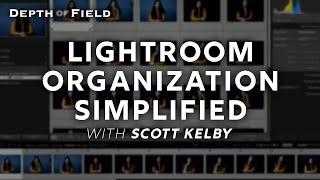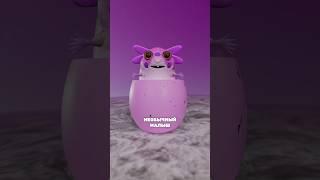
Organizing in Lightroom with Scott Kelby | #BHDoF
Комментарии:
Organizing in Lightroom with Scott Kelby | #BHDoF
B&H Photo Video Pro Audio
What? Glue gun fluidart amazing painting
Mii Paintings
Sega Saturn The Console You NEED To Own
RBG Entertainment
Selling Inherited Property in Florida
Champion Properties of FL
STEVEN DOCKMAN - BackPack Commercial
Steven Dockman
WATER WAGONS
Antoine Orsero 2
https://youtube.com/shorts/NNiHklbOp-Q?feature=share#shorts#feed#
Santu prajapati vlog
6 Tips for Apple CarPlay!
AppleInsider


























